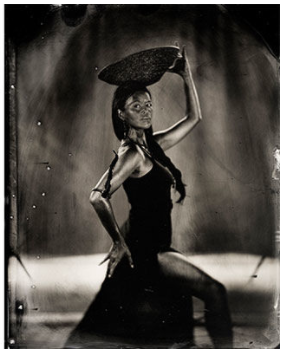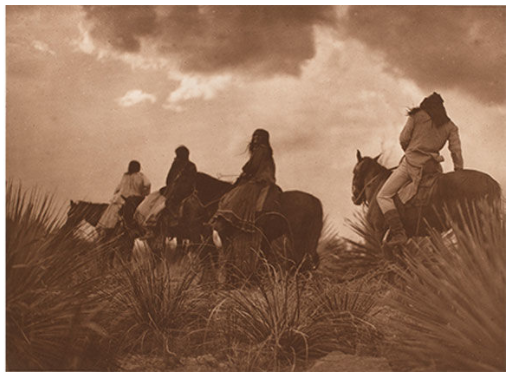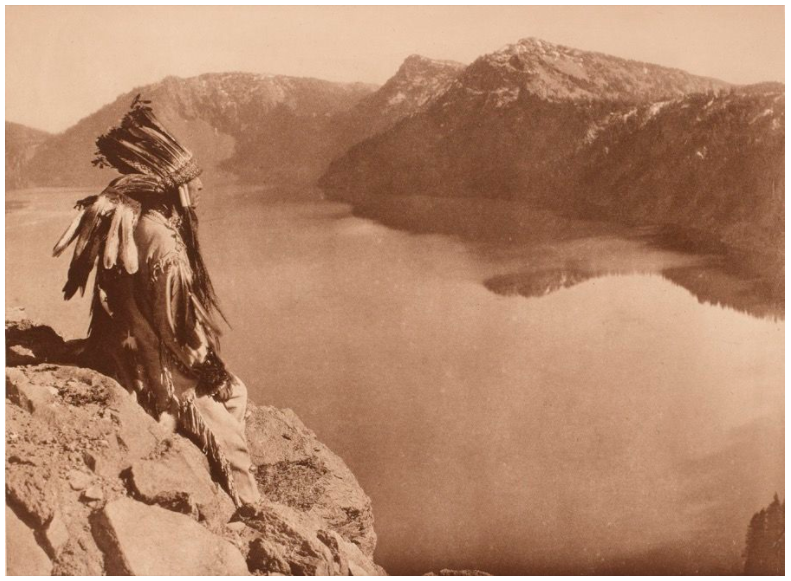Introduction
The photos of Native Americans often turn out to be disadvantageous to the appearance of the indigenous Americans, especially in this era of photography. The delineations often propagate undesirable stereotypes and characters about them. Numerous elements of their beliefs, including the private devout rituals, emanated from the photographs. Hitherto, the majority of the Native Americans perceive this as an intrusion to their cultural discretion. They are raising incessant calls to lobby the museums to restrain access to these images. Additionally, they are crafting ways of retracting the inherent defamatory, sacred, and dutiful pictures from the museums.
Photography Involving Native Americans
Countless photographs demonstrate the unsurpassed invasion of privacy and cultural degradation amongst indigenous Americans. However, the legal procedure for retrieving these images is slow-moving, encompassing numerous stages, from record details to limitations. Nevertheless, the victims recognize that Native American Graves Protection and
Repatriation Act (NAGPRA) is an essential legitimate edge in court to persuade the Federal Courts to return their intellectual assets. The property includes photos taken from the mid-nineteenth century to the early twentieth century. Some of the photographs that are subject to the discussion are outlined in the ensuing discourse.
Posed Photos
Many people aver that a number of these postures show the innate Americans in a derogatory and demeaning way. The postured images revealed them as unclothed savages, which facilitated the propagation of the notion that they are culturally and morally inferior to their white counterpart race (Edwards 89). Some photographs also depicted them as endangered Americans as they were captured in ancient times as a souvenir of an inferior race that was destined to vanish.
In the nineteenth century, the indigenous Americans did not recognize that the photographs would be employed to build and propagate deleterious photos against them. They probably, in their conviction, thought of the practice as a fashion to take, respect, and honor their pictures forever. They had been made to believe that although their body decreases, they would continue to be alive under the universe through the images. It is reflected that those myths and misconceptions made the victims give consent towards capturing the photos. Nevertheless, scientific and public access can be restricted to these photos by ensuring that approvals by the concerned race are rendered to the requesting individuals before being released by the museums.
Photos without Consent
Numerous photos portray the native citizens of American with their heads facing down or shying away from the camera. This shows that the victims were avoiding the snapshots, or they were not aware of being captured (Edwards 145). In those early days, there was no existing legislation that necessitated the photographers to seek acquiescence from their clients. This makes the tribes of the Native Americans delineate the invasion of their cultural dignity and secrecy. However, the prevailing legislation only permits confidentiality intrusion claims from the individual in the photograph. The pictures were captured a long time ago, and those involved passed away. Besides, there is an absence of well-articulated guidelines for distinguishing the posed snaps and those taken devoid of consent. Consequently, the claims of privacy meddling can never be substantiated unless through collaboration with the museums.
Ceremonial and Religious Photos
There are many incongruous sacred and religious images that act as a straight compromise to their fundamental beliefs. The pictograph may be in the form of religious clergy in regalia, dances, shrines, or religious structures (Edwards 93). The photos demonstrate a segment of culture and doctrines amongst the native individuals of America that the government of the US had denied them to exercise. No matter the challenges they have persevered, they also share their beliefs and religion with the entire ecosphere. This is attained through poems, songs, powwows, and some objects as well. Through these channels, they can regulate what is perceived and acquired by others. Subsequently, they gain the capability to safeguard what is dutiful and consecrated to them. However, they fail to maintain protection over their image, faith, and ethos when control over avenues like photography is deprived of them.
Conclusion
Throughout the centuries, Native Americans have undergone many struggles. They have witnessed slandering of their cultural individualities by way of dehumanizing images as well as an intrusion to their traditional privacy through photography. In recent decades, they have gradually demonstrated the reclamation of being in charge of their identity as well as the images used to symbolize them. Remarkably, they are taking advantage of this technological era to urgently be at the helm of it. The sooner they act, the faster they will manage to conserve their religious conviction, dogmas, and images. Noteworthy, it is unlikely for them to aggravate the concerns with the federal government for swift response in the enactment of statutes to safeguard their intellectual assets. However, they may kick-start their liberalization by appealing for accessibility restrictions by the museums. Indeed, the dignity and culture of the Innate Americans will partly be saved from erosion through working in collaboration with the arts center.
Works Cited
Edwards, Elizabeth. Photography, Anthropology and History: Expanding the Frame. Routledge, 2016.
Thackara, Tess. “Challenging America’s Most Iconic (and Controversial) Photographer of Native Americans.” Artsy, 12016. Web.


